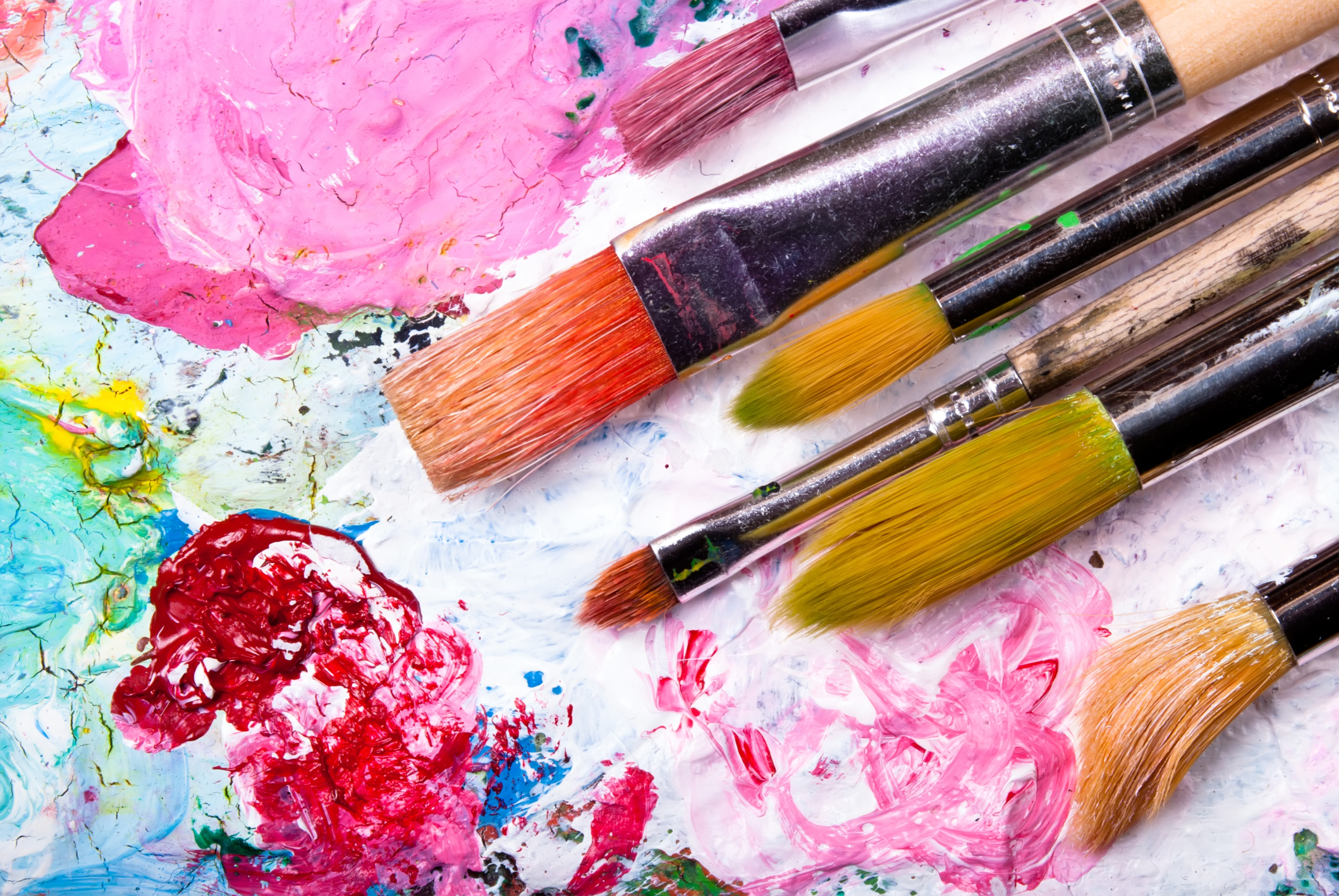by Monika Lin
More is not always better – an abundance of art materials does not always lead to creative outcomes nor do pre-packaged, overly directive craft sets necessarily help spark a child’s imagination. In fact, most times, basics items - along with recycled objects and a few specialty materials - are all one needs for successful art making.
Here are the top 12 essentials to unleash creativity at home:
1. Table covering
If you do not have a designated space to get crafty with the kids, the number one basic material you’ll need is reusable, coated fabric. This should be large enough to allow children the freedom to get messy.
2. Paper
White, colored, thick, thin, textured, printed, transparent, recycled. A wide array of papers will allow maximum creativity. Also, remember to save all cut-offs and salvaged papers to re-use for collages, mosaics, paper mache and the like.
3. Age appropriate drawing materials
For children under three, slightly larger crayons and markers are best. For older children, mediums with finer tips such as pencils and color pencils can be added to encourage finer dexterity. Watercolor pencils are especially great as they function as both pencils and watercolors, demanding a higher artistry command from your kid.
4. Paints
Be sure to get non-staining, water-soluble or tempera paints for easy clean up and to avoid permanently staining clothes. Watercolor paints are a nice addition at any age.
5. Paint brushes
Brushes are a staple and it is good to have a number of different sizes on hand. Alternative applicators for paints are fun and easy to find as well. Things like household sponges, bubble wrap and corrugated cardboard can all be cut to form new shapes and be used for stamping.
6. Scissors, compass, ruler
These can be given to older children as they do feature sharp ends. A pair of scissors, a compass, and a ruler will open up endless possibilities and perhaps even stir your child’s inner architect flair.
7. Glue (glue stick, paste, PVA) and tape
In addition to regular transparent tape; colored electrical and duct tape from your household can also be fun for younger children to use as material other than adhesives.
8. Chalkboard, whiteboard or designated wall
Having a designated vertical space for arts and crafts is a nice way for children to let themselves go. It will also save your other walls from unwanted doodles. If at all possible, this should be a permanent fixture rather than something to be removed after use. Homemade solutions include turning a section of a wall into a chalkboard, tacking large sheets of paper up (place plastic sheeting underneath) or just designating one wall for decoration.
9. Modeling or foam clay
These clays are fast drying and lightweight. Having raw materials for children to fashion into symbolic or representational forms is crucial in enhancing their abstract thinking. For a DIY alternative, flour-salt-water dough tinted with watercolors or food dyes are also really easy to make.
10. Foam paper
This is great for mosaics and soft sculptures. It is a relatively new, easy-to-cut material that comes in a wide range of colors.
11. Pipe cleaners, wire, string and yarn
Make sure you have such materials to use as fasteners, beads and object stringers and hangers, as well as materials with which you can build.
12. Shiny bits
Beads, sequins, foil paper, buttons, and glitter (if you dare) are wonderful final touches to any project.
Reduce, Reuse, Create!
Recycled and up-cycled items are wonderful materials to use. They’re inexpensive and make a great tool to teach children about the importance of being resourceful. Their uses are numerous and the lessons kids will learn from re-using and recycling are life-long.
Try using bottles, egg cartons, plastic containers, toilet paper rolls and plastic utensils in projects.
Old t-shirts, household sponges, pieces of cardboard and the like can be fashioned into stamps for printmaking.
Magazines, recycled paper, and fabric remnants can also be transformed into materials for collages, decoupages, and paper mache.
Take-out food containers and lids are perfect paint jars and palette boards.
Rubber bands, buttons, pieces of string, twist-ties and cardboard boxes of all shapes and sizes can be the inspiration for something wonderful.


















